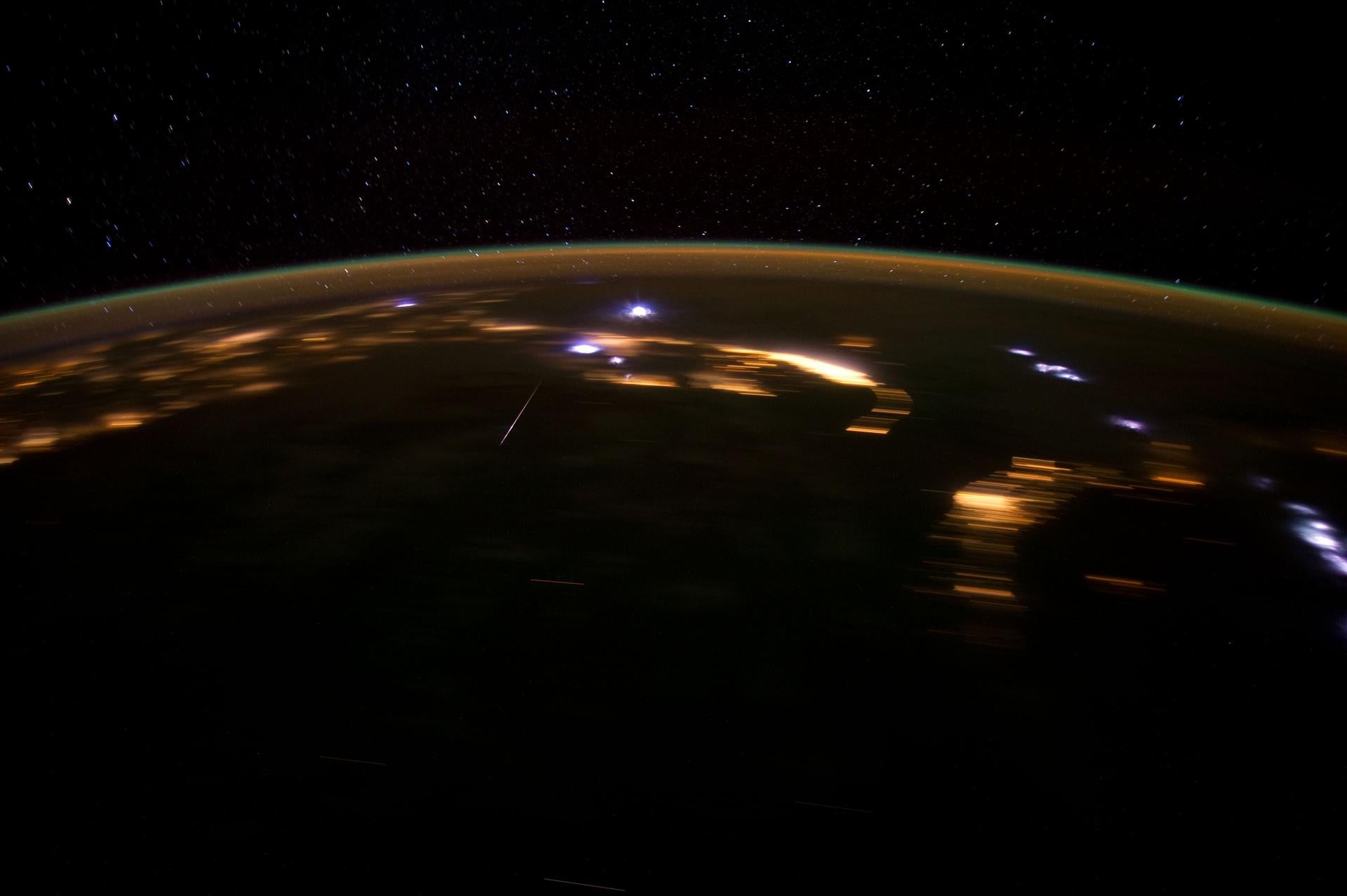Lyrid meteor shower 2022: What time and where you can see the spectacle
The annual Lyrids meteor shower will streak the skies tonight and peak on Thursday.

Your support helps us to tell the story
From reproductive rights to climate change to Big Tech, The Independent is on the ground when the story is developing. Whether it's investigating the financials of Elon Musk's pro-Trump PAC or producing our latest documentary, 'The A Word', which shines a light on the American women fighting for reproductive rights, we know how important it is to parse out the facts from the messaging.
At such a critical moment in US history, we need reporters on the ground. Your donation allows us to keep sending journalists to speak to both sides of the story.
The Independent is trusted by Americans across the entire political spectrum. And unlike many other quality news outlets, we choose not to lock Americans out of our reporting and analysis with paywalls. We believe quality journalism should be available to everyone, paid for by those who can afford it.
Your support makes all the difference.The annual Lyrid meteor shower is here and skywatchers can catch the shooting stars streaking across the night sky Wednesday night through Saturday 30 April. The meteor shower will peak on Thursday and Friday, with the best times to see the meteor shower between midnight and dawn.
The Lyrids will appear to radiate from a point in the Northeastern sky near the constellation Lyra, but they can appear anywhere in the sky. The shooting stars and their trails can appear as frequently as 10 to 20 per hour at their peak.
However, the waxing gibbous Moon rising just before or after midnight at many latitudes may complicate viewing the Lyrids for some sky gazers.
The Lyrids are among the most ancient meteor showers, with human records of the shooting stars dating back 2,700 years. They are the result of Earth passing through the trail of dust left behind by Comet C/1861 G1 Thatcher, which was discovered back in 1861.
The Lyrid meteor shower occurs annually in mid-April, running from 14 April through 30 April in 202, with peak viewing on 21, 22, and 23 April.
While the Lyrids are best viewed from the northern hemisphere, those in the southern tropics will get their chance to catch some shooting stars during the 4-5 May peak of the eta Aquariids meteor shower.
The next meteor shower easily viewed from the Northern or Southern hemisphere will be the alpha Capricornids shower. Peaking on 30 and 31 July, this meteor shower produces few meteors but is known for producing bright fireballs when it does.
Join our commenting forum
Join thought-provoking conversations, follow other Independent readers and see their replies
Comments